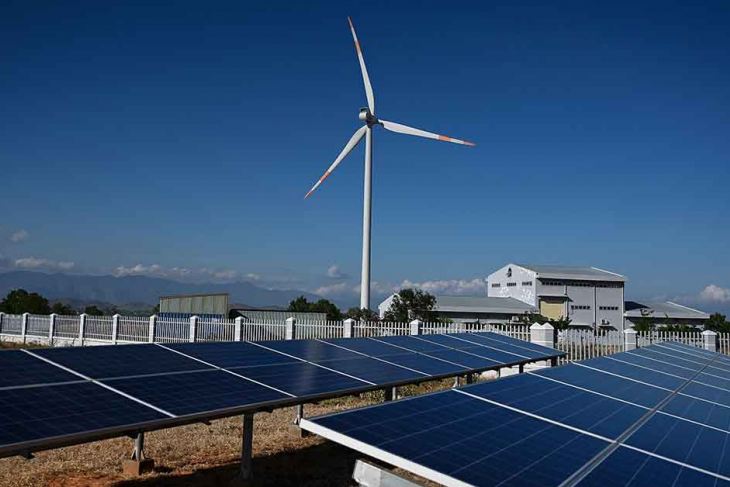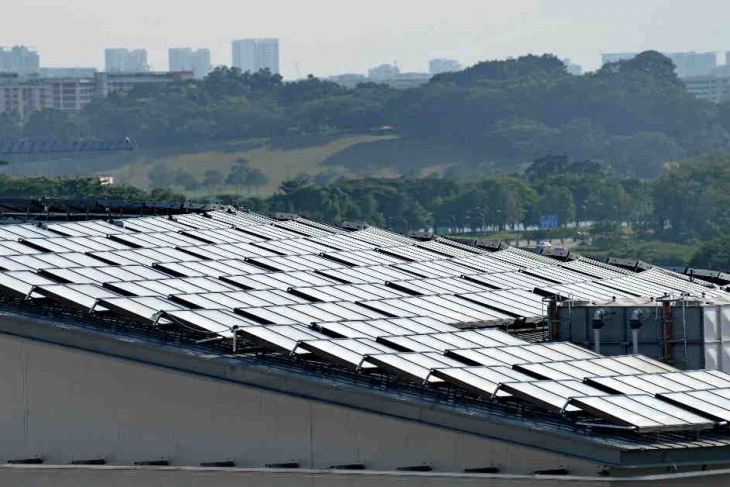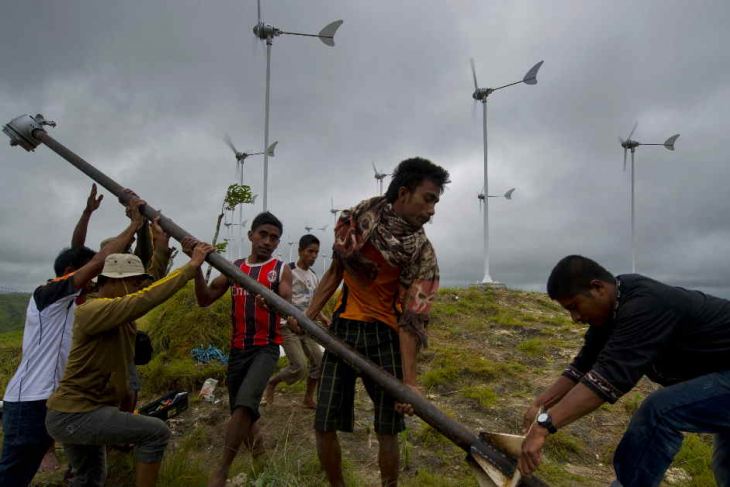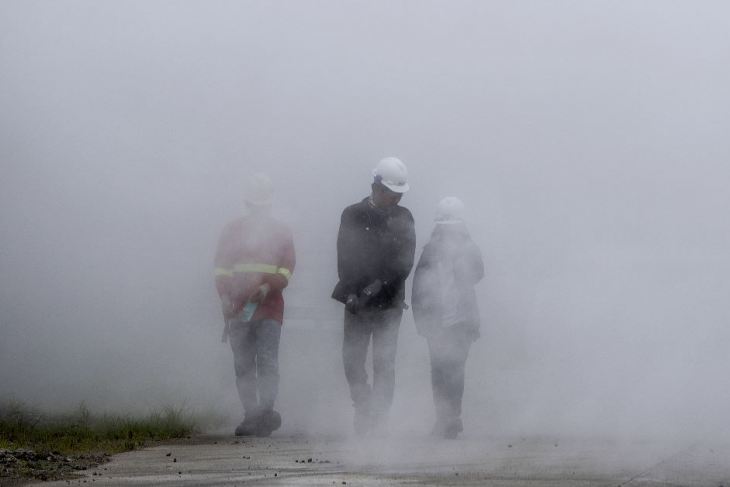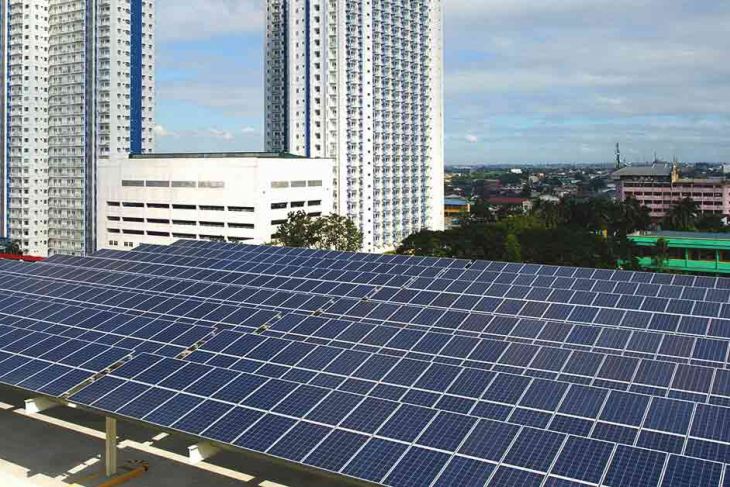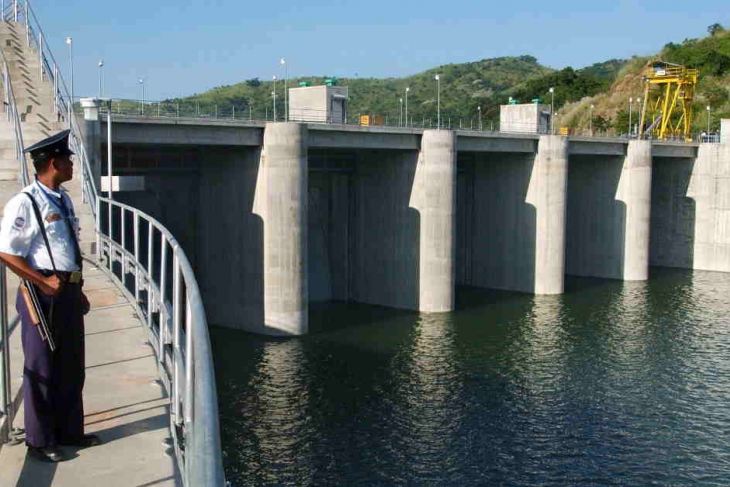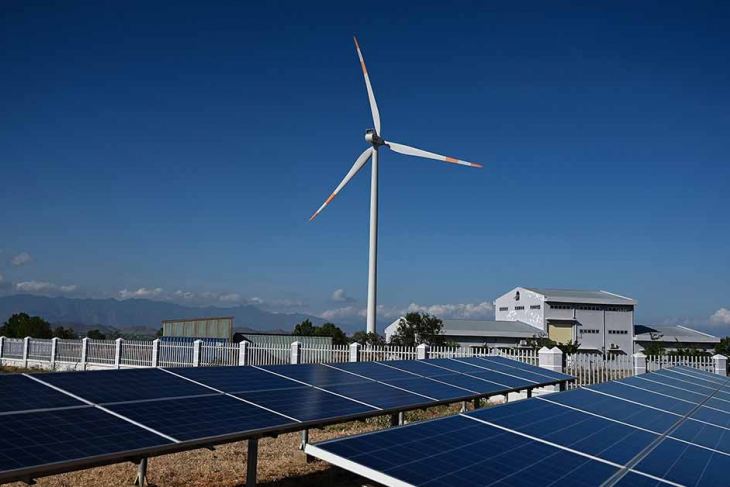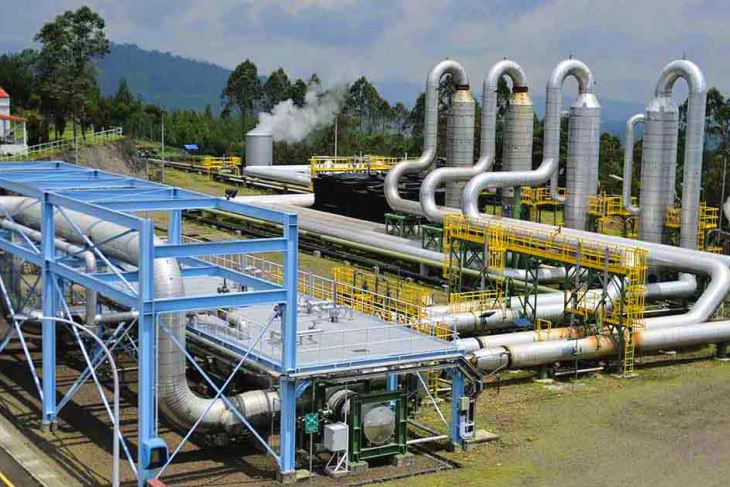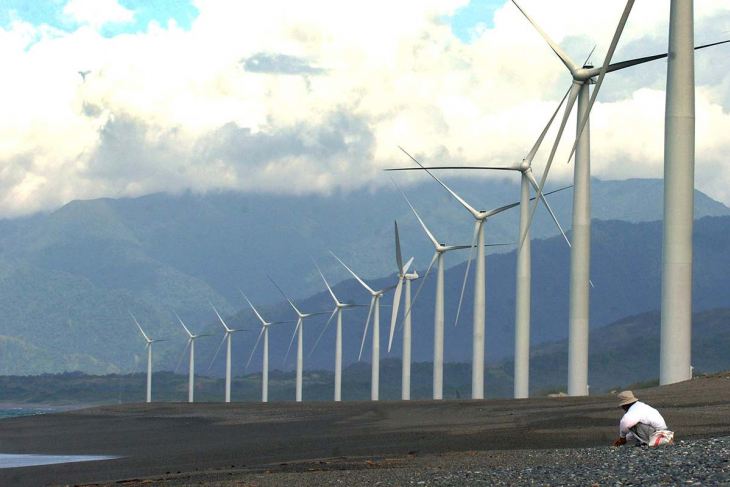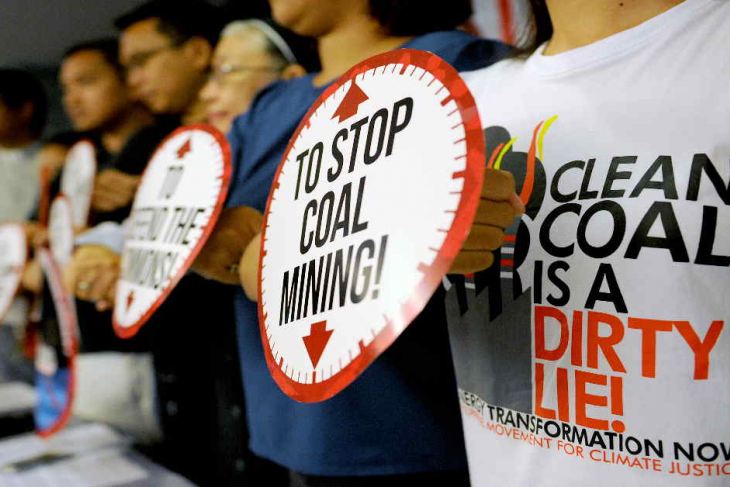Vietnam’s growing demand for energy
With a rapidly growing economy, Vietnam is facing an increase in energy demand which is forecasted to grow 10 percent annually. The Vietnam Energy Outlook Report 2017 released by the Vietnamese government in collaboration with the Danish Energy Agency states that electricity demand is expected to grow eight percent annually until 2035.Vietnam’s economy is forecast to grow at a rate of between 6.5 and 7.5 percent per year from now until 2030 – resulting in additional demand for energy.

